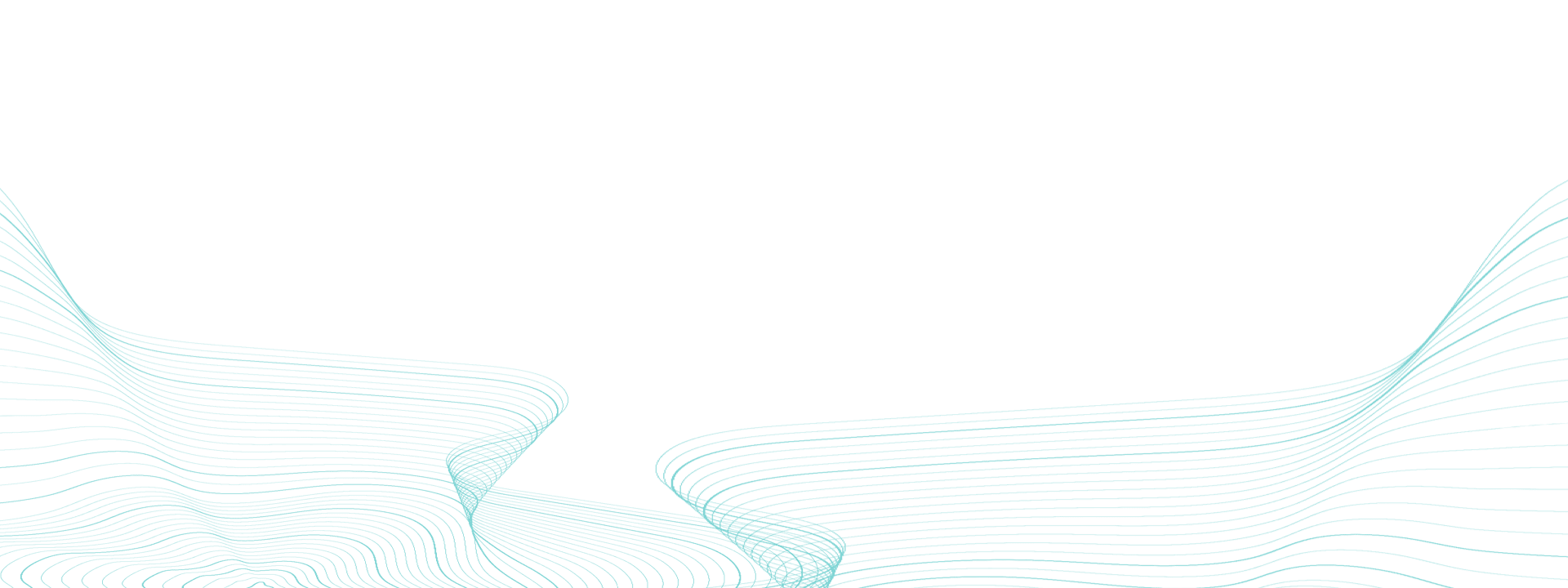
Ocean Life Protector
Measuring the impact of plastic on ocean life.

More than half of the world’s marine life is migrating to different places and changing their breeding and feeding patterns. Many marine creatures adapt their migration patterns based on optimal times for prey and migrate over long distances to spawning areas at different periods of time throughout the year.
For example, whales are migrating to the Arctic to feed on krill in the summer and salmon migrate to oceans for nutrients in different seasons. In general, there are two types of migration: anadromous and catadromous migration; the migration from large areas of water into smaller areas and vice versa. However, fish do not only migrate horizontally but also vertically.
An example of vertical migration are species from deeper sea levels migrating to the surface to spawn or forage on zooplankton in oxygen-richer upper sea levels. Due to the high concentration of microplastics in the upper sea levels, especially in the regions of the major garbage patches, marine species consume increasingly higher amounts of microplastics.
By looking at one example of interactions of fishes located within the south pacific subtropical gyre, it was discovered that approximately 80% of one species had ingested microplastics. As outlined in the previous questions, marine pollution has detrimental effects on the global ecosystem.
Therefore, if marine species’ migratory patterns overlap with garbage patches, it is interesting to further investigate whether species with the highest exposure to plastic pollution on these migration routes are the most affected.
Scope
Understanding existing and projected plastic marine debris.
Project Links
Goals
- Produce a heat map exhibiting current and projected marine plastic concentration along the California coastline.
- Identify collision points between marine wildlife and marine plastic patches.
- Produce a ranking table of the most susceptible marine species to plastic exposure.
- Propose recommendations in further policy-making in light of findings.
Methodology
Once important Data Sources are established, fidelity and quality of the Datasets needs to be determined in order for quality models to be extracted.
Determining data accuracy and quality can be non-trivial at times, requiring generally probabilistic approaches, such as Statistic Hypothesis testing to determine confidence intervals.
As datasets are obtained, several Data Cleaning techniques are required before useful results can be yielded. Python and its several packages, such as Numpy and Pandas, are extremely useful at this step, as it provides easy tools for data management and cleaning – like getting rid of extra spaces, selecting and treating blank cells, conversion of numbers and data types, removal of duplicates, highlighting errors, proper capitalization, spell checking, and the formatting of various data sets.
Research Team

Muriel Max

Jan Xu

Marcella Depunzio

Subiksha Mani

Allyson Koo

Rafael Rejtman

Klemen Kenda
Existing Research
- Distribution of Surface Plastic Debris in the Eastern Pacific Ocean from and 11-Year Data Set, 2014, American Chemical Society
- New Link in the Food Chain? Marine Plastic Pollution and Seafood Safety
- Modelling accumulation of marine plastics in the coastal zone; what are the dominant physical processes?
- The Occurrence, Effects and Fate of Small Plastic Debris in the Oceans
- Mapping coastal marine debris using aerial imagery and spatial analysis
- Plastic debris in the open ocean
Ocean Life Protector is part of an AI for Good project series, between the AI for Good Foundation and the Applied Data Science with Venture Applications Course at SCET, UC Berkeley.
Explore more SDG Launchpad Projects
Share this Page
Get Involved
Join our efforts to unlock AI’s potential towards serving humanity.
Support us
Become a Partner
Volunteer with us
Newsletter


